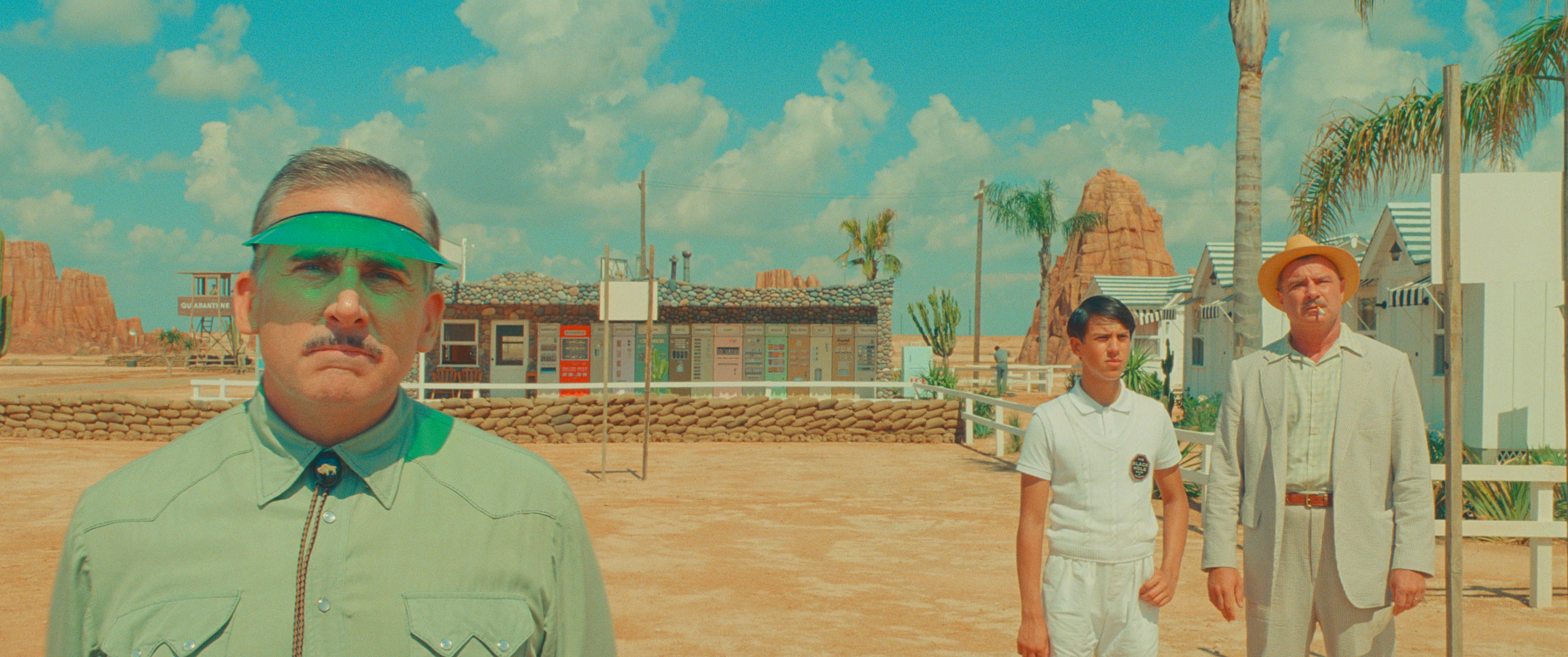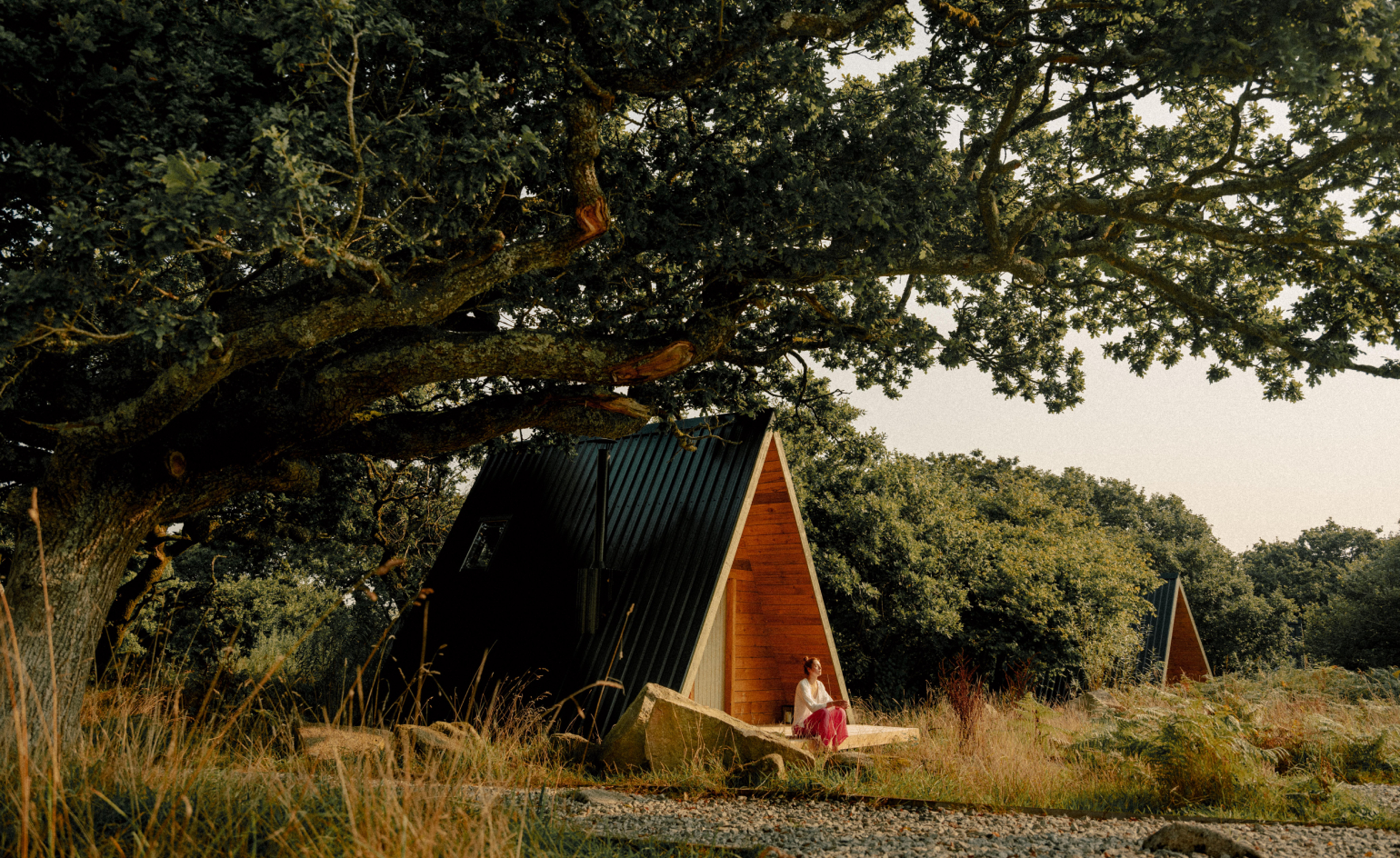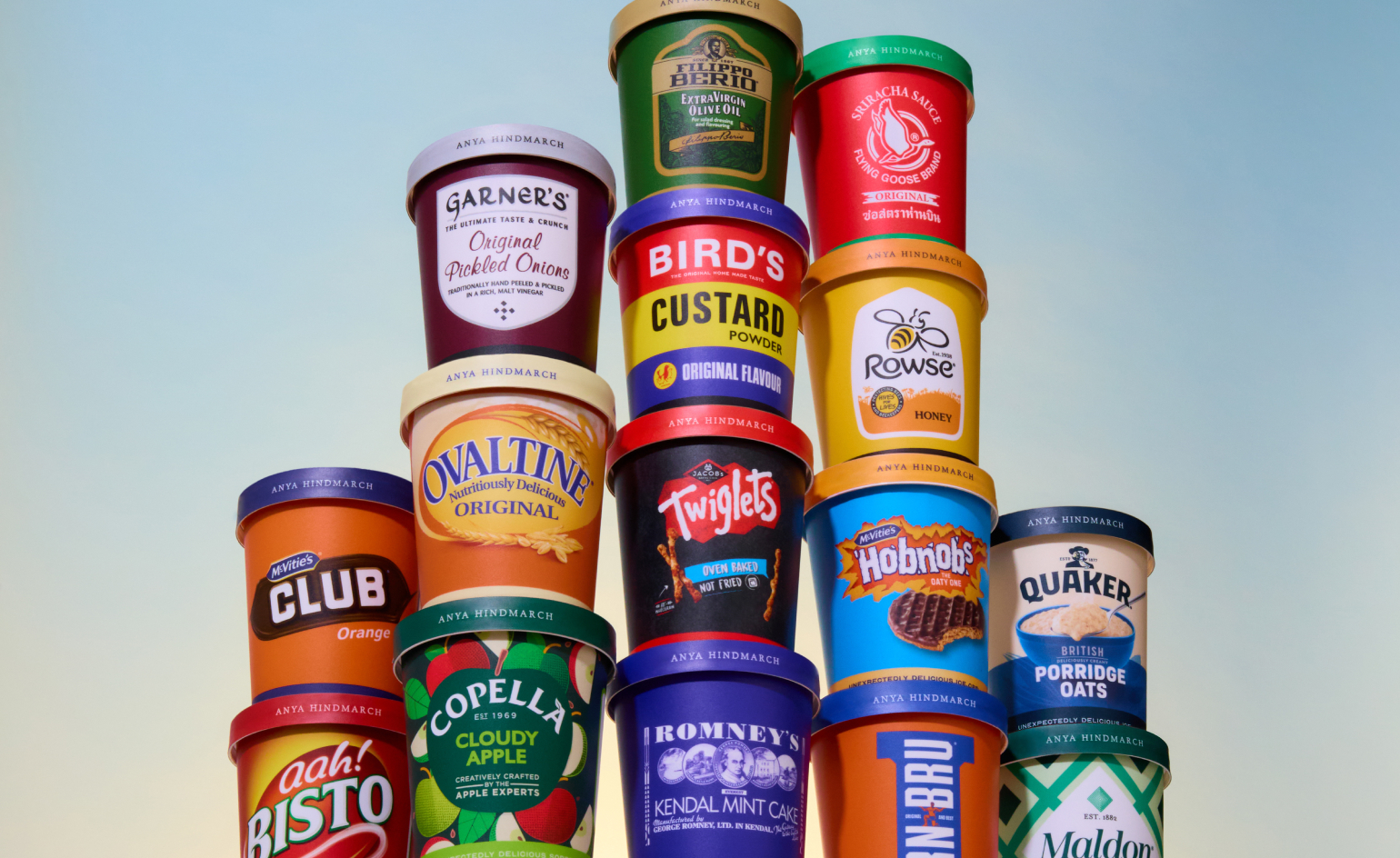Asteroid City behind the scenes: How the world fell under Wes Anderson’s retro-tinted spell
We peek behind the scenes of Wes Anderson’s new film Asteroid City, and explore how the world has gone barmy for the American filmmaker’s pastel-hued aesthetic

If imitation is the highest form of flattery, then Wes Anderson has received enough plaudits to last several lifetimes. Steeped in pastels, the much-emulated filmmaker’s signature aesthetic has inspired everything from boutiques and bakeries to hotels and showrooms the world over (we’re personally partial to a caffè at the bona fide Anderson-designed Bar Luce in Milan. ‘I tried to make it a bar I would want to spend my own non-fictional afternoons in,’ he explained at the time of its opening in 2015.)
Anderson’s visual vocabulary is elusive to pinpoint yet instinctively recognisable: the Instagram account @accidentallywesanderson has – thanks to contributions from its enthusiastic community of nearly 2 million followers – collated over 1,700 Anderson-worthy locations globally and counting. More recently, the auteur’s distinctive style has gone viral care of TikTokers who have been giving their mundane and everyday activities the Anderson treatment: paying homage to his symmetrical tableaus and deadpan stares, set to Alexandre Desplat’s Obituary, from the soundtrack of Anderson’s film The French Dispatch.

Behind the scenes of the making of Asteroid City, directed by Wes Anderson and released in UK and Irish cinemas on 23 June 2023
But it’s the filmmaker himself who has reached peak Anderson with his latest outing, Asteroid City, a retro-tinted absurdist affair set in a fictional American desert town in 1955 and featuring a heavy-hitting cast of Anderson regulars including Tilda Swinton, Willem Dafoe, Adrien Brody, Jeff Goldblum and Jason Schwartzman, alongside newly inducted Margot Robbie, Tom Hanks and Steve Carrell. The film illuminates two poles of 1950s Americana, darting between the west (think themes of extraterrestrial encounters, post-war paranoia and scientific invention) and Broadway in the east, as a cast of characters prepares to perform a black-and-white television broadcast of a new play.
‘I do always feel that a movie for me is not just one idea,’ Anderson says. ‘It’s at least two separate things that come together and start to become a movie.’ The first idea conceived by Anderson and Roman Coppola began in New York, but soon pointed elsewhere. ‘I wanted to do a theatre movie. I was thinking of Paul Newman and Joanne Woodward and we had an idea of doing a making-of-the-play that they’re working on. It was going to be set entirely in an automat. The other idea we were talking about was something kind of Sam Shepard… so we shifted out of [the automat] and into the desert.’
Wes Anderson’s Asteroid City: the making of an icon

Wes Anderson on the set of Asteroid City
Asteroid City is a nostalgic paean to the analogue, captured on Kodak film and largely eschewing green screen. The outskirts of the Spanish mediaeval town of Chinchón takes a star turn as the American southwest, where a farm field was flattened to make way for an immersive, functioning mini-town designed by Anderson’s longtime collaborator Adam Stockhausen. The luncheonette, the garage and the motel were erected as real buildings while mountains, boulders and rocks, too, were all constructed. Anderson and Stockhausen mined inspiration for the desert landscape from films such as John Sturge’s 1955 Black Rock – shot on location around Death Valley and the Mojave Desert – as well as Billy Wilder’s Ace in the Hole and Kiss Me, Stupid, and Frank Capra’s classic It Happened One Night.
Filming took place while Covid-19 protocols were still in place (fittingly, the troupe of travellers of Asteroid City are placed into quarantine). ‘This time was so unusual,’ Stockhausen remembers. ‘We were working virtually, connected to people there, standing in the field. Later, a very small group of us would show up and I’m telling myself, “I think it will work. Everything is telling me that it's going to work.” But you’re depending on a magic thing that happens when your mind believes what you’re looking at. It’s not mathematical.’

Scarlett Johansson in Asteroid City

(Left to right) Jake Ryan, Jason Schwartzman and Tom Hanks in Asteroid City
Stockhausen achieved the hyperrealistic quality of Asteroid City through the use of forced perspective: the town becomes desert and bleeds into the horizon, all on a set the size of a football field and its boundaries seemingly imperceptible. ‘When you look off in the distance and see the ramp of the highway or the mountains off, they’re pieces of scenery and over 1,000ft away. Some are five or six storeys tall.’ For the black-and-white scenes taking place on the New York stage, the crew commandeered small theatres in adjoining towns. As with The French Dispatch, shot around the town of Angouleme in France, the production wound up in unlikely places – a garlic warehouse among them. ‘To be honest you never quite know that it's going to work,’ says Stockhausen of the flowing waltz of design and construction that goes into each Anderson film. ‘There’s always an element of, “Well, I hope so.”’
Receive our daily digest of inspiration, escapism and design stories from around the world direct to your inbox.
Coinciding with the film’s release, Asteroid City is crash-landing at 180 The Strand in London, with an exhibition (extended until 30 July 2023) featuring original sets, props, costumes and artwork that will highlight its unique aesthetic. Devotees of the fictional town will also be able to dine out at the film’s iconic 1950s diner, which will be recreated on site (cue the next viral trend). This is Anderson’s wonderfully whimsical world and, much like the eclectic protagonists of Asteroid City, we are all living in it.

Wes Anderson with cinematographer Robert Yeoman and team on the set of Asteroid City

Model maker Simon Weisse with part of the set for Asteroid City




Asteroid City is in cinemas worldwide from 23 June. universalpictures.com
‘Wes Anderson – Asteroid City’ is at 180 Studios, London, until 30 July, 180studios.com/asteroid-city
-
 Ready to unplug? Sign up for this digital detox retreat in Cornwall
Ready to unplug? Sign up for this digital detox retreat in CornwallOffline escape provider Unplugged has partnered with Cabilla Cornwall to offer a phone-free, nature-immersive group experience on Bodmin Moor
-
 Anya Hindmarch’s Ice Cream Project is London’s tastiest (and weirdest) summer tradition
Anya Hindmarch’s Ice Cream Project is London’s tastiest (and weirdest) summer traditionThe cult pop-up has returned, transforming a Belgravia corner into a sleek, steel-clad shrine to British pantry nostalgia
-
 Lois Samuels’ ceramics invite us to find beauty in imperfection
Lois Samuels’ ceramics invite us to find beauty in imperfectionOn view at Twentieth in Los Angeles, the artist’s unglazed ceramics explore ‘life’s intricacies and magic’, she says
-
 Unlike the gloriously grotesque imagery in his films, Yorgos Lanthimos’ photographs are quietly beautiful
Unlike the gloriously grotesque imagery in his films, Yorgos Lanthimos’ photographs are quietly beautifulAn exhibition at Webber Gallery in Los Angeles presents Yorgos Lanthimos’ photography
-
 ‘Life is strange and life is funny’: a new film goes inside the world of Martin Parr
‘Life is strange and life is funny’: a new film goes inside the world of Martin Parr‘I Am Martin Parr’, directed by Lee Shulman, makes the much-loved photographer the subject
-
 The Chemical Brothers’ Tom Rowlands on creating an electronic score for historical drama, Mussolini
The Chemical Brothers’ Tom Rowlands on creating an electronic score for historical drama, MussoliniTom Rowlands has composed ‘The Way Violence Should Be’ for Sky’s eight-part, Italian-language Mussolini: Son of the Century
-
 Meet Daniel Blumberg, the British indie rock veteran who created The Brutalist’s score
Meet Daniel Blumberg, the British indie rock veteran who created The Brutalist’s scoreOscar and BAFTA-winning Blumberg has created an epic score for Brady Corbet’s film The Brutalist.
-
 Remembering David Lynch (1946-2025), filmmaking master and creative dark horse
Remembering David Lynch (1946-2025), filmmaking master and creative dark horseDavid Lynch has died aged 78. Craig McLean pays tribute, recalling the cult filmmaker, his works, musings and myriad interests, from music-making to coffee entrepreneurship
-
 Architecture and the new world: The Brutalist reframes the American dream
Architecture and the new world: The Brutalist reframes the American dreamBrady Corbet’s third feature film, The Brutalist, demonstrates how violence is a building block for ideology
-
 ‘It creates mental horrors’ – why The Thing game remains so chilling
‘It creates mental horrors’ – why The Thing game remains so chillingWallpaper* speaks to two of the developers behind 2002’s cult classic The Thing video game, who hope the release of a remastered version can terrify a new generation of gamers
-
 Wu Tsang reinterprets Carmen's story in Barcelona
Wu Tsang reinterprets Carmen's story in BarcelonaWu Tsang rethinks Carmen with an opera-theatre hybrid show and a film installation, recently premiered at MACBA in Barcelona (until 3 November)